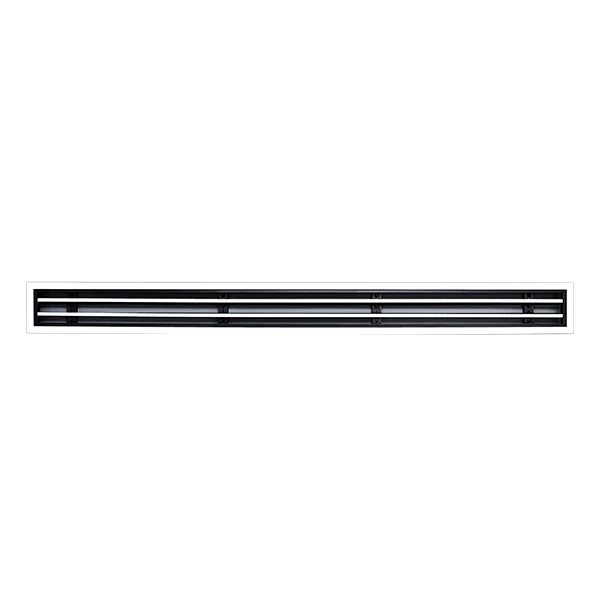When it comes to luxury watches, the choice of materials can significantly influence both the aesthetic appeal and durability of the timepiece. Among these materials, sapphire glass stands out as a hallmark of quality and resilience. But how can you tell if a watch features sapphire glass? This article delves into the characteristics, testing methods, and practical tips for identifying sapphire glass in watches, ensuring you make an informed decision when investing in a timepiece.
Understanding Sapphire Glass
Sapphire glass, or synthetic sapphire, is a crystal made from aluminum oxide, which is known for its exceptional hardness and scratch resistance. It ranks a 9 on the Mohs scale, just below diamond, making it an ideal choice for watch faces. Unlike mineral glass or acrylic, sapphire glass is less prone to scratches and offers superior clarity, which enhances the visibility of the watch dial.
Key Characteristics of Sapphire Glass
- Clarity and Transparency: One of the most notable features of sapphire glass is its remarkable clarity. When viewed under direct light, sapphire glass should exhibit a high level of transparency without any distortion. If the glass appears cloudy or has visible imperfections, it may not be sapphire.
- Scratch Resistance: Sapphire glass is renowned for its scratch-resistant properties. To test this, you can gently rub a known hard material, such as a diamond or another sapphire, against the watch glass. If there are no scratches left on the surface, it is likely sapphire. However, this method should be approached with caution to avoid damaging the watch.
- Weight: Sapphire glass is denser than mineral glass, which can give the watch a slightly heavier feel. If you have the opportunity to compare the weight of a watch with sapphire glass to one with mineral glass, you may notice a difference.
- Reflection and Color: Sapphire glass often has a bluish tint when viewed at certain angles due to its optical properties. This is especially noticeable in high-quality watches. Additionally, the way light reflects off the surface can provide clues; sapphire glass tends to reflect light more evenly compared to other materials.
Practical Testing Methods
If you’re still unsure whether a watch has sapphire glass, consider the following practical tests:
- Water Test: Sapphire glass is hydrophobic, meaning it repels water. If you drop a few water droplets on the surface, they should bead up rather than spread out. This is a quick and effective way to gauge the material.
- Light Test: Shine a flashlight or a strong light source on the watch face. Sapphire glass should allow light to pass through with minimal distortion. If the light appears scattered or diffused, it may indicate the presence of a different material.
- Temperature Test: Sapphire glass tends to feel cooler to the touch compared to other materials. If you have access to a similar watch with mineral glass, you can compare the temperature difference after being exposed to room temperature.
Conclusion: Making an Informed Choice
Identifying sapphire glass in watches is crucial for collectors and enthusiasts alike. By understanding the characteristics of sapphire glass and employing practical testing methods, you can confidently discern the quality of your timepiece. Whether you are purchasing a luxury watch or simply want to ensure the longevity of your current collection, knowing how to identify sapphire glass will empower you to make informed decisions.


More Stories
The Role of Combining DC Fast Chargers and Energy Storage Systems in Building Efficient Charging Networks
Custom Solar Slew Drive Design for Precision Tracking Systems
How to Choose the Perfect Auto Fast Charger for Your Car & Devices